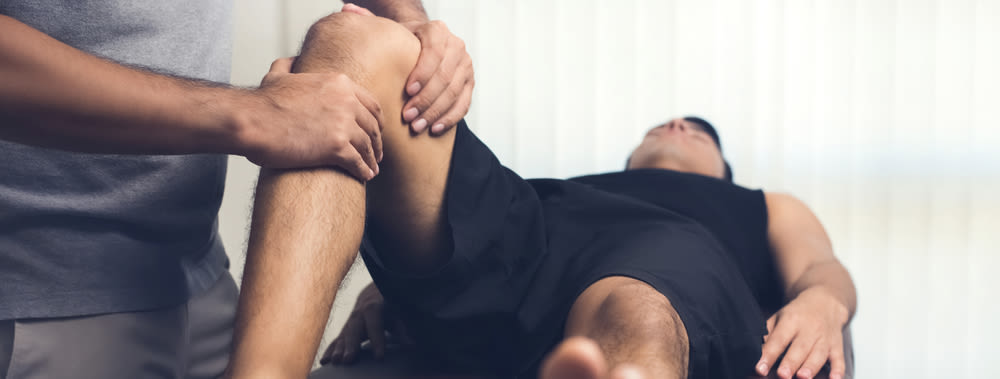Massage Therapy Can Benefit Trauma Survivors

Image: Shutterstock
A good portion of the population uses massage for periodic stress-relief; the sensations of touch and pressure soothe muscles and stimulate positive chemicals in the brain.
But when it comes to people who have suffered trauma—whether assault and abuse survivors, military veterans, or people who’ve been through car accidents or major surgeries—massage’s immense healing potential can be nullified by stressful stimuli. The sensations of the massage itself, as well as the sights, sounds and smells of the surrounding environment, can trigger flashbacks and anxiety, and may even exacerbate the trauma rather than alleviate it.
“Forty million adults suffer from some form of generalized anxiety disorder,” says Sarasota’s Tiffany Fradley, a licensed massage therapist and founder of Sattva Holistic Health. “So it’s important for us to know how to create healing experiences and environments that promote a feeling of safety. It’s also important to know how to eliminate triggers or flashbacks throughout the massage session.”
The key to this branch of massage therapy is a sensitivity to, and awareness of, the emotional and physical needs of clients who are undergoing acute traumatic stress.
For people suffering from post-traumatic stress disorder, a massage session begins with an extended conversation between client and therapist. That communication covers the client’s needs as well as possible triggers, while also helping to establish the ever-important element of trust. While essential oils and music may be part of other massage sessions, those kinds of stimuli can be immediately stressful to PTSD suffers. Likewise the way a person is positioned on the table and where the therapist stands while working can be the difference between a healing experience or a triggering one.
Rather than being directed to a face-down position with minimal clothing, trauma victims can lie face-up and be fully clothed throughout the massage session. Therapists should avoid positioning themselves directly over or behind the person’s head, which can cause unease. Certain techniques, like pulling movements or scalene/sternocleidomastoid (neck) massage, are eschewed due to their proximity to physical assault. “We would not use a pillow under the knees of a survivor of sexual assault because it can naturally cause the legs to spread,” says Fradley.
Every step of the interaction requires mindful intention, and the therapist should be on constant alert for visual clues indicating distress.
“Most of the time, we’d gently undrape a body part, move it, massage it, and cover it back up,” says Fradley. “For trauma, we always ask permission. Communication is key. They’re in charge. They determine how their treatment will go.”
Even falling asleep is contraindicated for trauma massage. “Most of the time it’s totally fine for a massage client to fall asleep during a session,” says Fradley. “For PTSD and trauma, we keep them awake. Falling asleep could trigger flashbacks. We remind them to open their eyes, and that they’re safe in the treatment room.”
She adds, “Our objective is to learn the unique ways to establish trust with clients experiencing these disorders, to have the awareness and discernment of a client’s verbal and physical responses, and to create the ‘safe zone’ where the client has an opportunity for their overstimulated nervous system to calm, if only for an hour.”